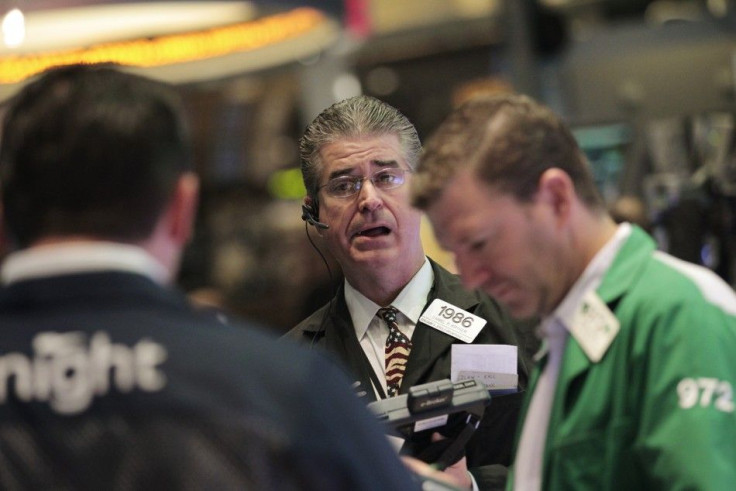Panic Not, Investors. Opportunities Are Abundant

Tom Sowanick is Co-President and Chief Investment Officer of Omnivest Group, Princeton, N.J.
The frightening fall of global equity markets since July 22 has had the usual effect of engineering fear and panic, which can lead to ill-advised emotional investment decisions. And while it is true that global economic growth has moderated relative to expectations and sovereign credit risk continues to expand, it is also true that the global central bank community is uniting to put a halt to the current bout of financial volatility.
The European Central Bank has stated clearly that it will purchase the sovereign debt of Italy and Spain to contain interest rate costs and stop speculative short-selling. The result, so far, has been quite good, with market yields falling by 100 basis points over the past two days in Italy and Spain.
Over the weekend, the G-7 held an important conference call to discuss how to respond to unwanted market turbulence resulting from the U.S. downgrade by the S&P rating agency late Friday night. Today, the Fed'd Open Market Committee released its decision on monetary policy and “is prepared to employ these tools as appropriate.”
In the meantime, there has been a material decline in commodity prices which also lowered inflation expectations, giving ample leeway for central banks to either lower interest rates or engage in another round of quantitative easing.
Corporate balance sheets are still sitting on approximately $1 trillion in cash, which is considerably higher than in 2008, when the financial panic erupted. The cash cushion and near-record corporate earnings should be sufficient to stabilize global equities.
As of this morning, the forward P/E for the S&P 500 Index was 10.08, the Germany DAX Index, 7.74, Hang Seng Index, 9.11 and the Brazilian Bovespa, at 7.39. Multiples this low are usually associated with panic selling that leads to much oversold market conditions.
In the meantime, the central banks will be very reluctant to normalize interest rates, thus providing ample liquidity to promote asset reflation. Given the soft patch of U.S. growth, we would expect the Federal Reserve to engage in another round of quantitative easing shortly.
What do we do? We would sell the safety of U.S. Treasury debt and move into low-quality corporate debt and low-quality municipal debt. On the equity side, we would increase exposure to emerging equity markets using exchange-traded funds (ETFs).
In the U.S. equity market, we would add to insurance and technology and sell the telecom and utility sectors. Defensive strategies have worked well over the past two weeks.
However, it is now time to exit defensive strategies.
The recent strength of the U.S. dollar and Swiss franc should now give way to the Brazilian real, Mexican peso, Indian rupee and Turkish lira.
© Copyright IBTimes 2024. All rights reserved.



















